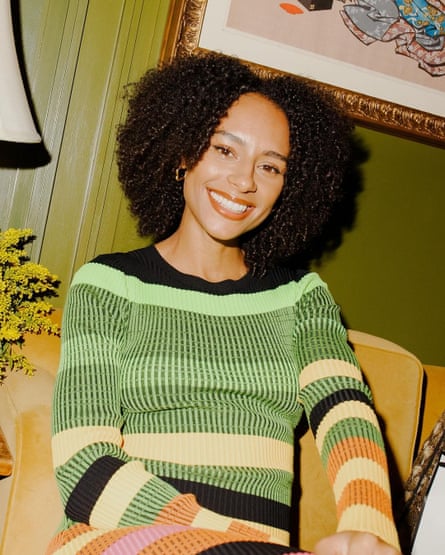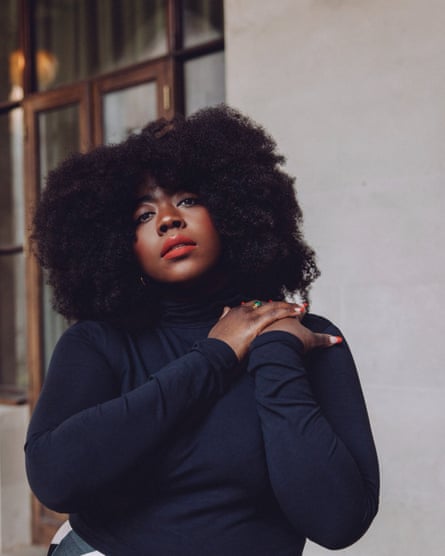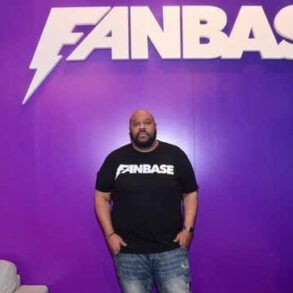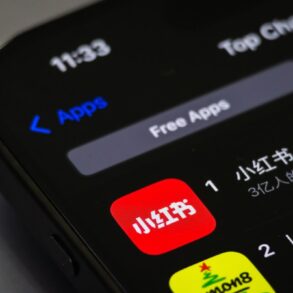Jessica Joseph, who runs a British influencer agency with a diverse talent base, says she noticed a change in attitude from advertisers at the height of the Black Lives Matter (BLM) movement.
“There was a great period when we worked with brands and they worked with us consistently. They really wanted black voices,” she says.
Now, the contact has stopped. “We don’t even get a response to our emails. Not even the courtesy of a no.”
Influencers are the celebrity class of the social media age and, to many people, appear to have the dream job: foreign travel, flashy clothes, fine dining, rubbing shoulders with old school stars – and all for money.
But the benefits are not distributed equally. Long-rumbling concerns about pay inequality within the industry are not being addressed, according to a report this month, with white influencers on average making over 50% more than some of their BAME counterparts. Joseph, who runs Season25, an influencer agency that promotes diversity in its roster, says interest in her clients has “changed” since BLM peaked in 2020-21.
The pay-gap report from the UK-based SevenSix Agency shows that influencers of south-east Asian descent made an average of £700 a sponsored video post on Instagram, 57% less than the average £1,638 for white influencers. South Asian, black and east Asian influencers are also paid lower amounts, with average fees of £1,135, £1,080 and £1,010 respectively.

Influencing, where people with large social media followings show off their lives and interests while often being paid to promote products, has only been a career path for the past decade. In that time, top creators and their management have been able to demand significant fees for their work, and the most popular influencers are now able to request five- or even six-figure payments for a post.
The pay-gap data illustrates the divide, which reflects the different demographics working within a profession dominated by under-30s. Influencers were shown to have made more money, according to the report, if they had lighter complexions or straighter hair.
Charlotte Stavrou, SevenSix’s founder, says much of a perceived improvement in equality within the influencer industry is performative, and that inclusion is sometimes done only for the sake of what she describes as “ticking boxes”.
“If, say, 100 influencers are attending an event, probably 80 of them will be white. The other 20 will be mostly black. Some people don’t understand what diversity actually means, because they aren’t from diverse backgrounds or don’t have diverse friend groups.”
Stavrou adds that, even if genuine attempts to diversify events are made, they often miss the mark and don’t include a full mix of groups. Influencers of Asian descent, for example, are sometimes left out entirely.
Stephanie Yeboah, 35, has been an influencer on Instagram for 10 years, amassing a quarter of a million followers in the process and working alongside brands such as Lego, Peroni and Dove.
Yet to her, the content creation industry is still an uneven and at times discriminatory world. “It feels like the darker you are, the coarser your hair, the further away you are from what society seems as the ideal person aesthetically, the less you’re worth.”




Outside skin tone and hair type, creators with different body types and disabilities are also noticing a pay gap. “When it comes to travel content, myself and a lot of plus-size travel influencers, we seem to be expected to work for free,” says Yeboah. She believes there is an “archaic attitude among brands” which only offer good money to creators who fit their physical ideal of what an influencer should look like.
Yeboah, Stravrou and Joseph all point to the need for more diversity within the marketing agencies – which pair advertisers with influencers – in order to remedy the problem. The marketing industry, like influencing, is predominantly white, something that stops brands from being inclusive, says Joseph.
“The sad fact is that mass consumption doesn’t cater to certain hair types, specifically black hair. So working with those brands is further afield for a lot of creators,” she says, adding that including black and other minority creators as consultants would allow companies to make products that consumers would actually use, “rather than try to shoehorn in products that don’t work for the creator and their audience”.
Scott Guthrie, director general of the Influencer Marketing Trade Body, which represents influencers, says representation is something that many brands take seriously, but some companies do not understand that “effective influencer marketing campaigns are long-term relationships” and that brands will see the advantages of including minority voices.
“It’s not just the ethical imperatives including these voices, but also the financial benefits,” said Guthrie. “If they benefit the creator, if they’re interested in what they’re doing, then it benefits the marketeers in the long run as well.”
Phil Smith, general director of the Incorporated Society of British Advertisers, acknowledges the problems, saying that while progress had been made, “there is clearly more work to be done, and we will continue to work with stakeholders from across the advertising industry to address issues of unacceptable pay gaps in influencer marketing”.
Though she remains hopeful that the industry can change, Yeboah can’t help but feel lost at the state that it’s in. “Even though the culture, the fashion, the music we represent, all of it features so many black, Asian and other voices, we’re still being drowned out.”




